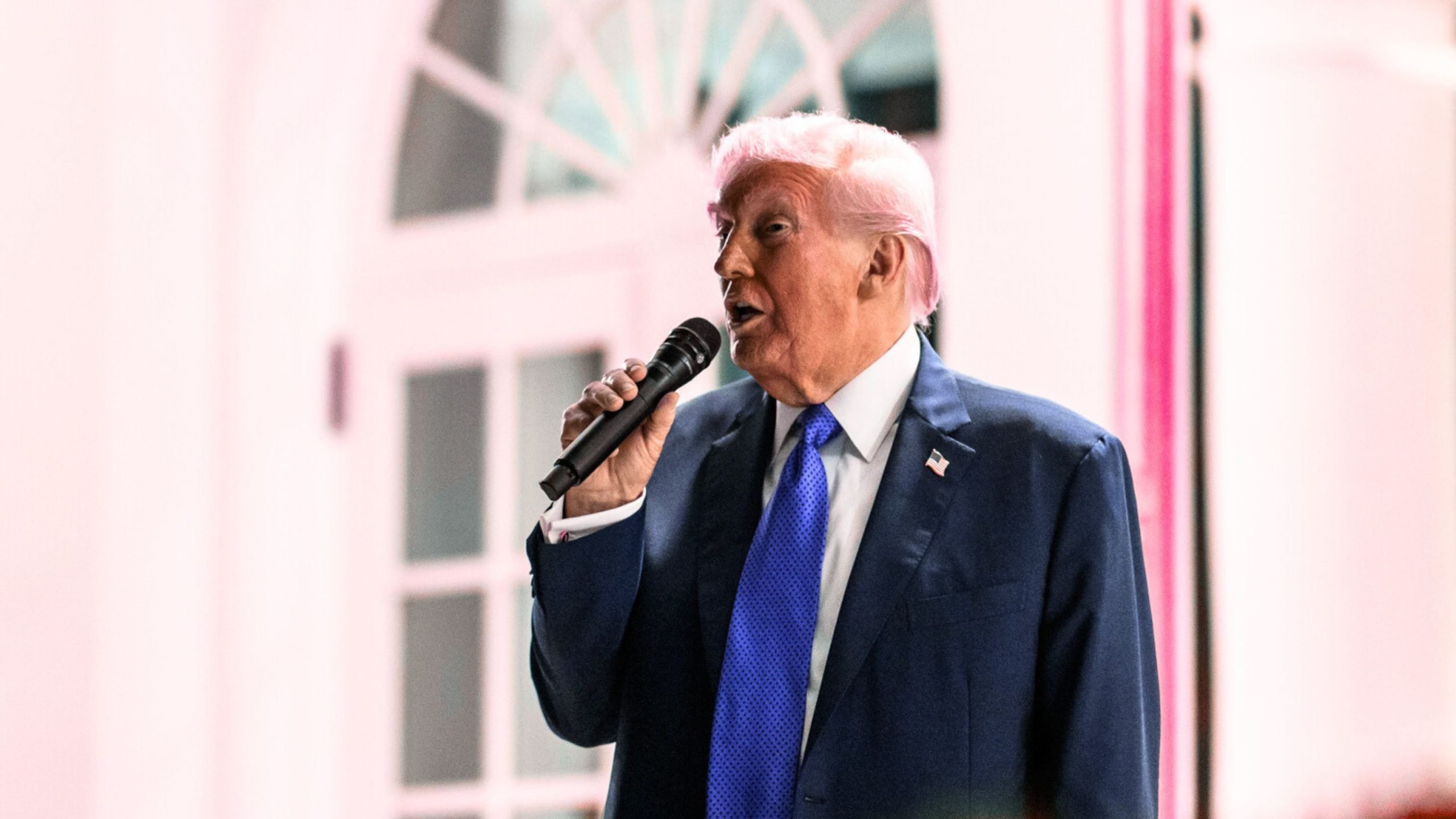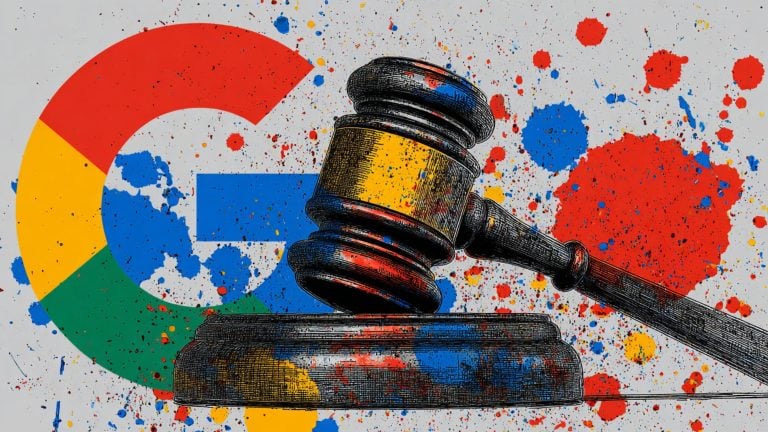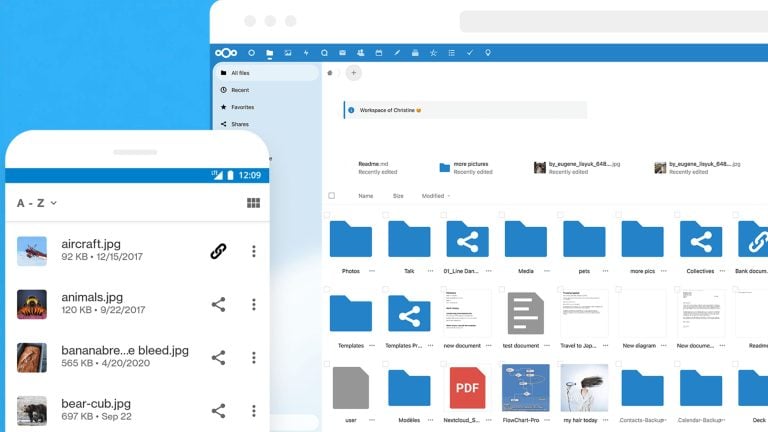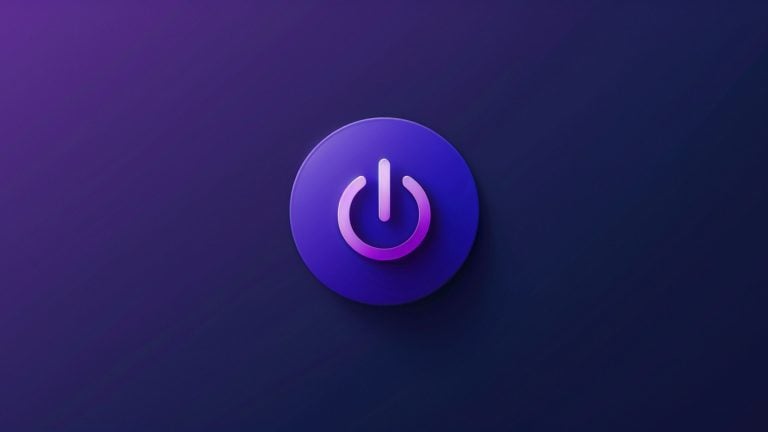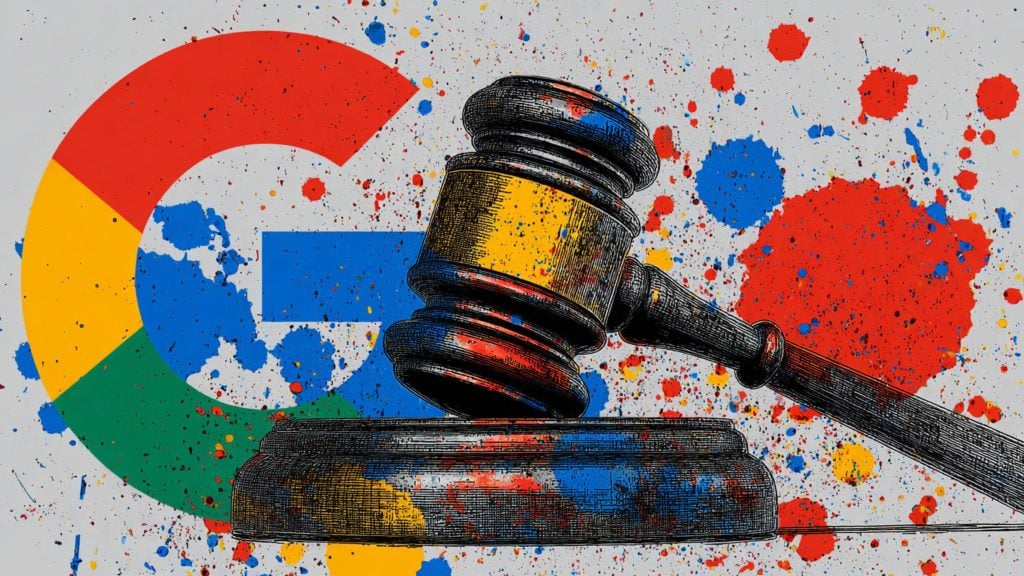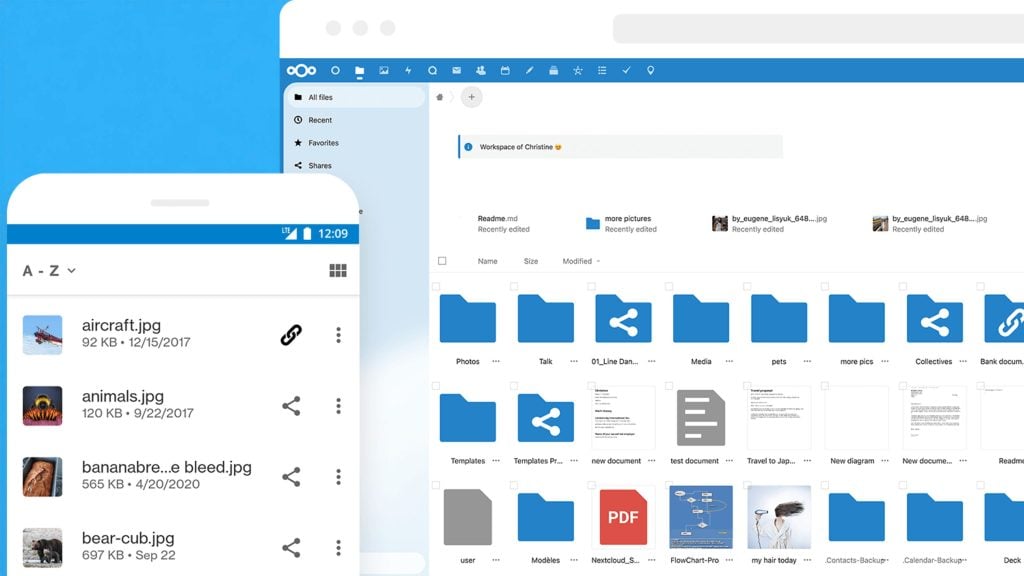A legal complaint brought by President Donald Trump against YouTube and its parent company has been resolved with a $24.5 million settlement and a formal dismissal of the case.
The agreement, filed in the US District Court for the Northern District of California, brings an end to a lawsuit that challenged the tech platform’s removal of Trump’s account and its broader approach to content removal.
The settlement includes a $22 million payment directed to Trump, who has opted to contribute the full amount to the Trust for the National Mall.
The donation will support efforts to build a White House State Ballroom, as part of the nonprofit’s mission to preserve and enhance the historic site.
We obtained a copy of the settlement notice for you here.
The remaining $2.5 million will be split among other plaintiffs involved in the case, including the American Conservative Union, Kelly Victory, Naomi Wolf, Austen Fletcher, Andres Biaggiani, Maryse Veronica Jean-Louis, and Frank Valentine.
Each will receive an allocation as outlined in separate agreements with YouTube.
Attorneys for both sides emphasized that the resolution does not represent any admission of fault or liability by the defendants. Instead, it reflects a mutual decision to avoid the costs and uncertainties of continued litigation.
***
Filed in 2021, the lawsuit stemmed from YouTube’s decision to ban Trump following the events of January 6.
In the lawsuit against YouTube and its CEO Sundar Pichai, Trump and fellow plaintiffs described what they called a systematic suppression of constitutionally protected speech.
The complaint opened with a warning about the scope of YouTube’s influence, declaring: “Defendant YouTube has accumulated an unprecedented concentration of power, market share, and ability to dictate our nation’s public discourse.”
The plaintiffs alleged that YouTube’s censorship, including Trump’s permanent ban, was not a matter of private platform discretion, but a coordinated effort tied to government pressure.
“Defendant YouTube’s status thus rises beyond that of a private company to that of a state actor,” the complaint stated, arguing that this status subjected the company to the First Amendment’s restrictions on government action.
One main claim was that Trump’s YouTube channel became an essential tool for presidential communication. “Plaintiff’s channel became a public forum for speech by, to, and about government policy,” the filing asserted.
It was described as “a digital town hall in which the President of the United States communicated news and information to the public directly.”
The lawsuit emphasized the broader consequences of YouTube’s actions: “Censorship runs rampant against the Putative Class Members, and the result is a chilling effect cast over our nation’s pressing political, medical, social, and cultural discussions.”
It also framed the issue as a threat not just to Trump, but to every citizen, stating, “The immediacy of Defendants’ threat to its Users’ and potentially every citizen’s right to free speech, cannot be overstated.”
The plaintiffs directly accused lawmakers of coercing platforms into suppressing dissent.
“Democrat legislators exerted overt coercion, using both words and actions, to have Defendants censor the views and content with which Democrat Members of Congress disagreed.”
The complaint went on to cite various public statements and legislative threats, claiming these actions made YouTube “a tool to effect censorship and viewpoint discrimination” that Congress could not carry out directly under the Constitution.
***
By agreeing to settle, YouTube and its parent Alphabet avoided further court scrutiny over how they enforce their policies and interact with elected officials when determining what content stays online.
Importantly, the settlement stipulates that it may not be used as evidence in any other legal or administrative proceeding, insulating the company from potential precedent in related matters.
To avoid further discovery and as a gesture of goodwill to Trump in light of recent admissions from the company, YouTube has appeared to call it quits.
Just this month, Google, which owns YouTube, openly acknowledged what free speech advocates have argued for years: the company bowed to pressure from the Biden White House to censor online content, even when that content didn’t violate its own rules.
Google has admitted that it removed politically sensitive material related to COVID-19 and election integrity after repeated contact from top federal officials in the Biden administration.
This direct admission contradicts its long-standing denials of bias and outside influence.
In a formal letter from its legal counsel, Google confirmed that “Senior Biden Administration officials, including White House officials, conducted repeated and sustained outreach to Alphabet and pressed the Company regarding certain user-generated content related to the COVID-19 pandemic that did not violate its policies.”
The company described the political atmosphere during the pandemic as one where “significant pressure” was placed on platforms to suppress information labeled as “harmful,” regardless of whether it breached community standards. Google did not mince words about this interference, stating flatly that “this pressure was – and remains – unacceptable and wrong.”
The statement follows mounting pressure from House Judiciary Chairman Jim Jordan (R-OH), whose investigation unearthed communications revealing federal involvement in content moderation.
That probe, which included subpoenas and public disclosures, highlighted how platforms like YouTube were used as enforcement arms for government-preferred narratives, particularly around COVID-19 and the 2020 election.
The committee’s findings suggest a pattern of censorship that aligned closely with the Biden administration’s political goals.

